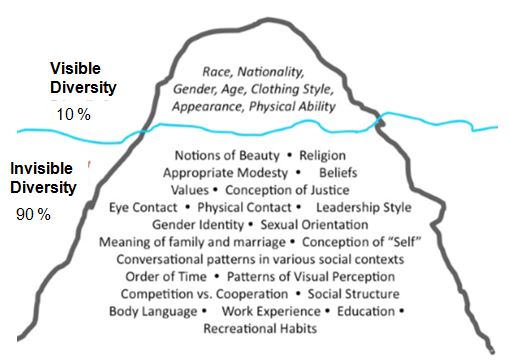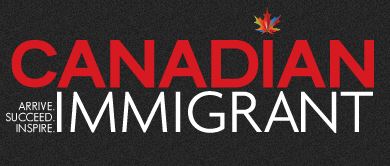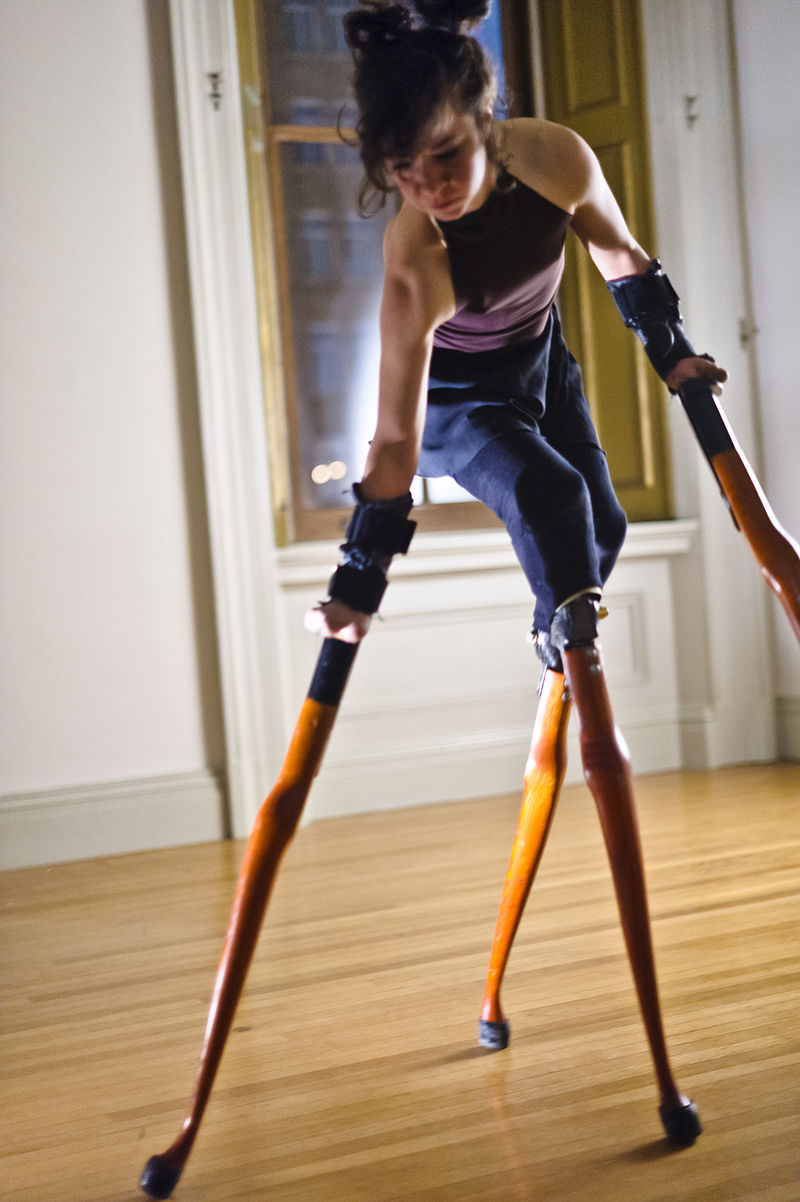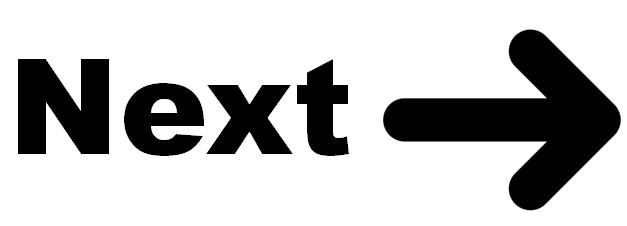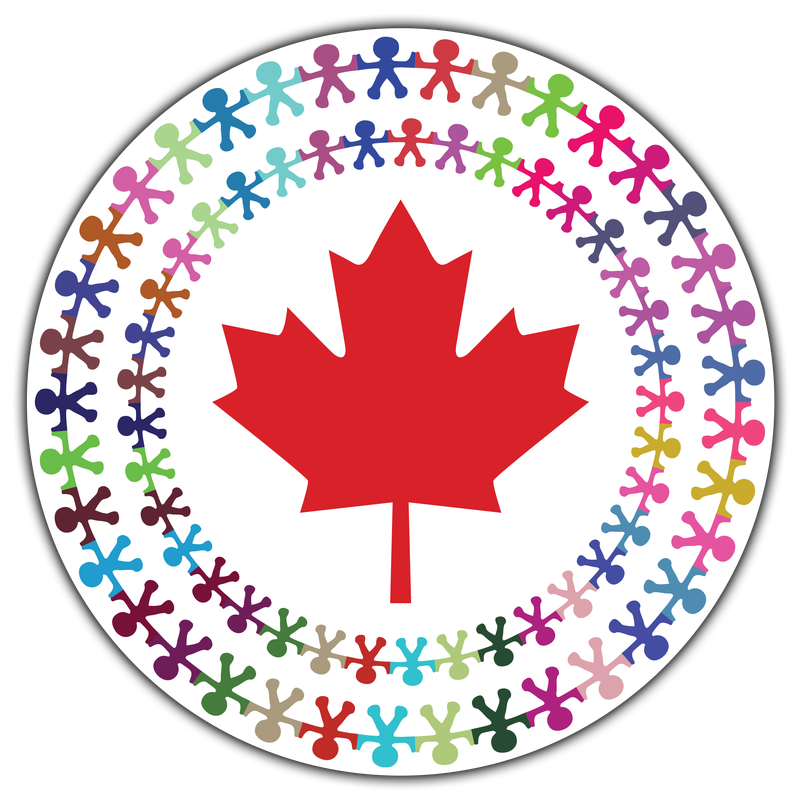Learn about Diversity
Learning about Diversity
|
Diversity exists in many forms and our communities are diverse in many ways: culture, language, socio-economic status, ability, gender, age and sexual orientation.
Statistics Canada provides relevant information about diversity.
To begin the process of inclusion, acknowledging and promoting the importance of diversity and equitable practices in our schools and communities are vital to our individual development and the good of all. People live in different ways, and everyone should value the differences and contributions of others. It seems like a simple practice, but Shields (2013) illustrates how even young children respond positively or negatively to different groups based on parental associations that affect their treatment of people. Moving forward, collective action is needed to ensure everyone responds positively to diversity, practices inclusion and moves beyond tolerance to accepting, adapting and adopting diverse perspectives and practices for greater innovation. There is immense capacity for greater local, national and international progress in addressing social injustices in our society. "As diversity has grown so has the divisions that separate the advantaged and the disadvantaged" (Ryan, 2006, p. 4). Inequity does not happen randomly. There are patterns associated with culture, social class, gender, sexual orientation, mental and physical ability and language depicting how certain groups are favored and unfavored (Ryan, 2006). Those who are favored have greater opportunities and power than those who are unfavored, and this negatively affects overall local and global progress. In fact, Ryan (2006) finds groups who are marginalized are more likely to drop out of school and continue to suffer injustice. The achievement gap is not caused by diversity, but reflects systematic inequalities (Shields, 2013). As Shields (2013) explains these negative responses to diversity, systematic inequalities, highlight inadequate inclusion of diverse groups in a shared vision and/or pedagogical approaches. To address systematic inequalities, people must move beyond tolerance to accepting, adapting and adopting diverse perspectives and practices for greater equity and innovation. There is immense capacity for significant local, national and international progress. Therefore, understanding diversity and inclusion in schools and communities is a critical change. To engage people in this process, they must acknowledge that "educational equity is entangled with social, cultural and political dynamics that extend beyond the school (Oakes & Rogers, 2006, p. 31 ). This awareness allows schools and communities to better challenge inequalities and develop inclusive practices for a more culturally rich, linguistically diverse and innovative society. Lisa Goolcharan, March 2017. Updated 2018
|
Statistics Canada outlines changes in Canada and predicts greater international exchanges and relationships as well as a greater presence and influence of certain groups. Moving forward there must be more focus on multiculturalism and inclusion.
The immigrant population/foreign-born are nearly 7 million people. Each new wave of immigration has added to ethnic and cultural diversity. The largest source of immigrants over the past 5 years are people from Asia.
Privilege is having access to things that others do not have. These many include things such as basic needs, rights and freedoms and opportunities.
|
Different Kinds of Diversity
|
Race
|
LGBTQ
|
Language
|
|
|
|
|
|
SES
|
Ability
|
Gender
|
When considering different kind of diversity, it is important note that individual identities are complex and there are individual differences as well as intersectality of different kinds of diversity. Each person's unique identity forms their unique reality.
Visible & Invisible Diversity
|
Adapted from the Avarna Group, 2017
|
Responding to Diversity
There are many ways to respond to diversity. Challenging and questioning our assumptions and biases and recognizing our actions and those of others provides a pathway for change.
|
Colorblindness- treat people equally and ignore differences
Lisa Goolcharan, March 2017 |
Sharing Positive Responses to Diversity
In the experiment, Mustafa stood on the street blindfolded with two signs. One said,"I am a Muslim. I am labelled a terrorist," and the other sign said, "I trust you. Do you trust me? Give me a hug." Guluta reported to Huffington Post that the purpose of the blindfold on Mustafa was to show his trust of others and his membership of Canadian society. While blindfolded, Mustafa was vulnerable and exposed with the potentially to act in anger or harm him. They were prepared for people to shout obscenities, but it did not occur. Many people hugged Mustafa and one man actually stopped his car and got out to do so.
Inspiring Contributions by Canadian Immigrants
Disability Arts Movement: Unique and Compelling
|
Share positive responses to diversity from your life, school or workplace.
Ideas for sharing your: 1. Stories about diversity and inclusion (video, story, article, comic, poster) 2. Reflections on events, resources and other artifacts that show positive responses to diversity and inclusion 3. Action Research and studies about the positive effects of diversity and inclusion 3. Art about positive responses to diversity and inclusion 4. Photos and information about inclusive programs and projects 5. Videos related to inclusive practices and strategies in the classroom, school and community. |
Sharing Negative Responses to Diversity
|
Sexism Experienced Around the World
Failing Canadian's First Nations Children
Stereotypes of Disable People
Hear Me Out! Stories about Equity and Inclusion
|
Share negative responses to diversity from your life, school or work place.
Ideas for sharing your: 1. Stories about diversity and inclusion (video, story, article, comic, poster) 2. Reflections on events, resources and other artifacts that show discrimination 3. Action Research and studies about discrimination and oppression 3. Art about negative responses to diversity and inclusion 4. Photos and information about exclusionary programs and projects 5. Videos related to oppression and discrimination in classrooms, schools and the community |
REFERENCES
Oakes, J. & Rogers, J. (2006). Learning power: Organizing for education and justice. New York: Teachers College Press.
Ryan, J. (2006). Inclusive leadership and social justice for schools. Leader and policy in schools, 5, 3-17.
Shields, C.M. (2013). Transformative Leadership in Education: Equitable Changes in an Uncertain and Complex World. New York, NY: Routledge.
Ryan, J. (2006). Inclusive leadership and social justice for schools. Leader and policy in schools, 5, 3-17.
Shields, C.M. (2013). Transformative Leadership in Education: Equitable Changes in an Uncertain and Complex World. New York, NY: Routledge.
© Copyright 2017 Inclusion Canada All rights reserved
Created, Designed, Developed and Written by Lisa Goolcharan
Created, Designed, Developed and Written by Lisa Goolcharan
